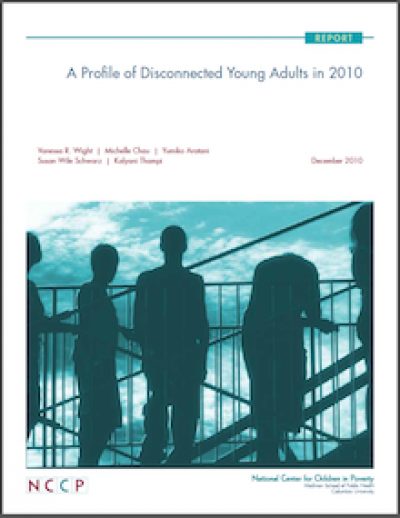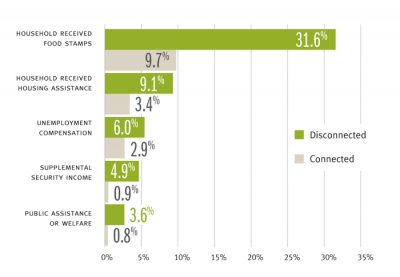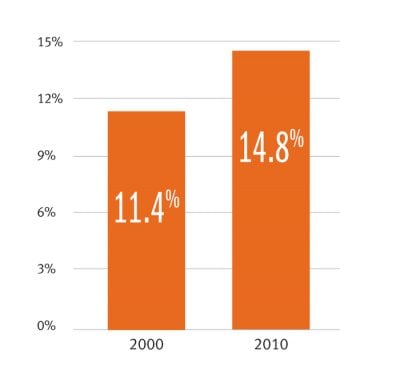Disconnection Defined
Disconnected young adults — as defined in this report — are absent from the typical paths to economic independence, and their highest level of academic achievement is a high-school diploma. They are not employed, they are not enrolled in higher education and they are not enlisted in military service.









